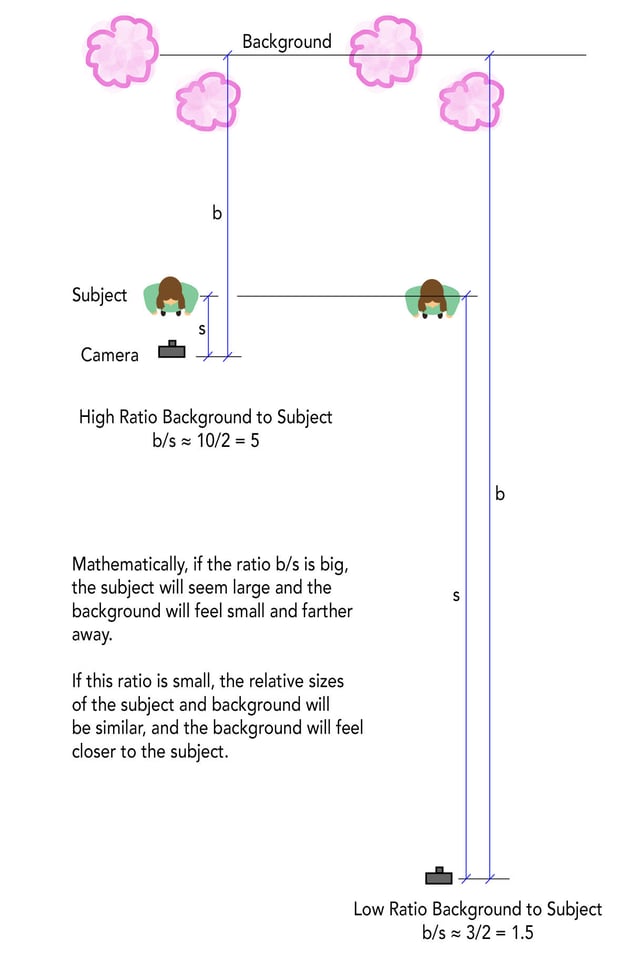ما هو ضغط العدسة وكيفية استخدامه في صورك
What is Lens Compression and How to Use It In Your Photos
هل سبق لك أن سمعت شخصًا يقول إن العدسة المقربة "تضغط" الخلفية أو "تسطح" الصورة؟ ماذا يعني حقا هذا؟ تعتمد المسافة الملموسة بين هدفك وبقية المشهد على شيئين: مكان وقوفك بالنسبة لموضوعك لالتقاط الصورة والبعد البؤري للعدسة التي تختارها. في هذه المقالة القصيرة، أريد مناقشة هذا النوع من تشويه المنظور وكيفية استخدامه لتكوين صور مثيرة.
Have you ever heard someone say that a telephoto lens “compresses” the background or “flattens” an image? What exactly does this mean? The perceived distance between your subject and the rest of the scene is dependent on two things: where you stand relative to your subject to take the photo and the focal length of the lens you choose. In this short article, I want to discuss this type of perspective distortion, and how to use it to compose exciting photographs.
What is Lens Compression and How to Use It In Your Photos
هل سبق لك أن سمعت شخصًا يقول إن العدسة المقربة "تضغط" الخلفية أو "تسطح" الصورة؟ ماذا يعني حقا هذا؟ تعتمد المسافة الملموسة بين هدفك وبقية المشهد على شيئين: مكان وقوفك بالنسبة لموضوعك لالتقاط الصورة والبعد البؤري للعدسة التي تختارها. في هذه المقالة القصيرة، أريد مناقشة هذا النوع من تشويه المنظور وكيفية استخدامه لتكوين صور مثيرة.
Have you ever heard someone say that a telephoto lens “compresses” the background or “flattens” an image? What exactly does this mean? The perceived distance between your subject and the rest of the scene is dependent on two things: where you stand relative to your subject to take the photo and the focal length of the lens you choose. In this short article, I want to discuss this type of perspective distortion, and how to use it to compose exciting photographs.












تعليق